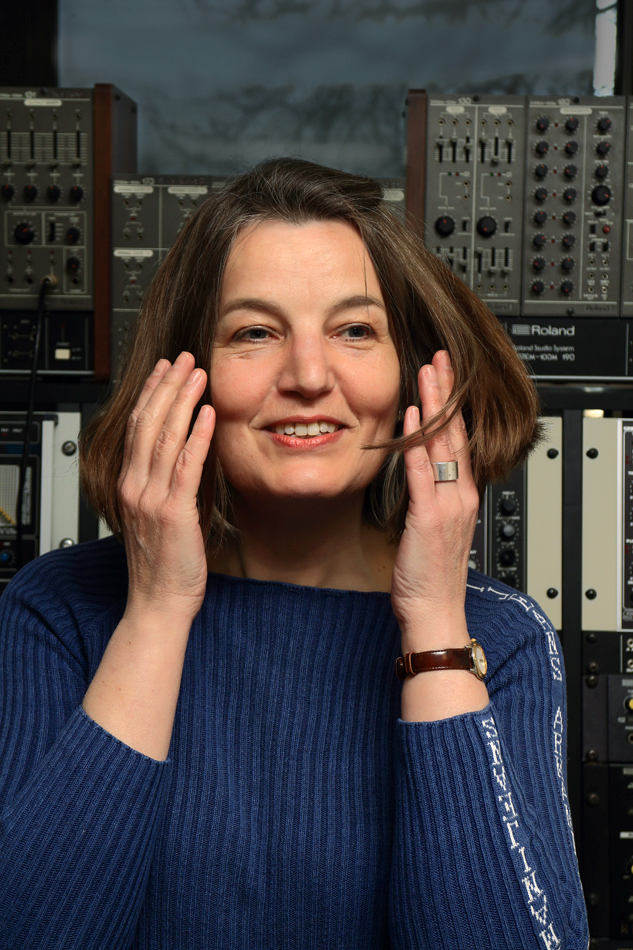Currently Pranger is doing research, at the Utrecht University for a dissertation on re-thinking musical performance. She explores how to think music from within the occurring, which involves thinking with music in accounting for its dynamic reality. This is an approach that differs considerably from familiar research that starts from a pre-defined musical object, in order to see, for instance, how it is constructed, or to say what is means.
Pranger’s dissertation is situated at the intersection of musicology, musical practice, philosophy, and science studies. The point of intersection concerns a shared interest in the generative working of relationality between temporality, materiality, and sociality. Her approach may also be gathered under the name of new materialism.
For one of her case studies she turns back to a certain fork in the road, where singers were directly confronted with the materialities of technological machines: the arrival of the electro-acoustic sound reinforcement system at the beginning of the twentieth century, with the microphone as its most striking icon. The microphone’s transducer changed the topology of music production, performance and experience, and effectuated a reconfiguration of the musical field along the lines of entertainment and industry. Specific emphasis is put on how the transducer encourages rethinking musical time, space, materiality and sociality.
